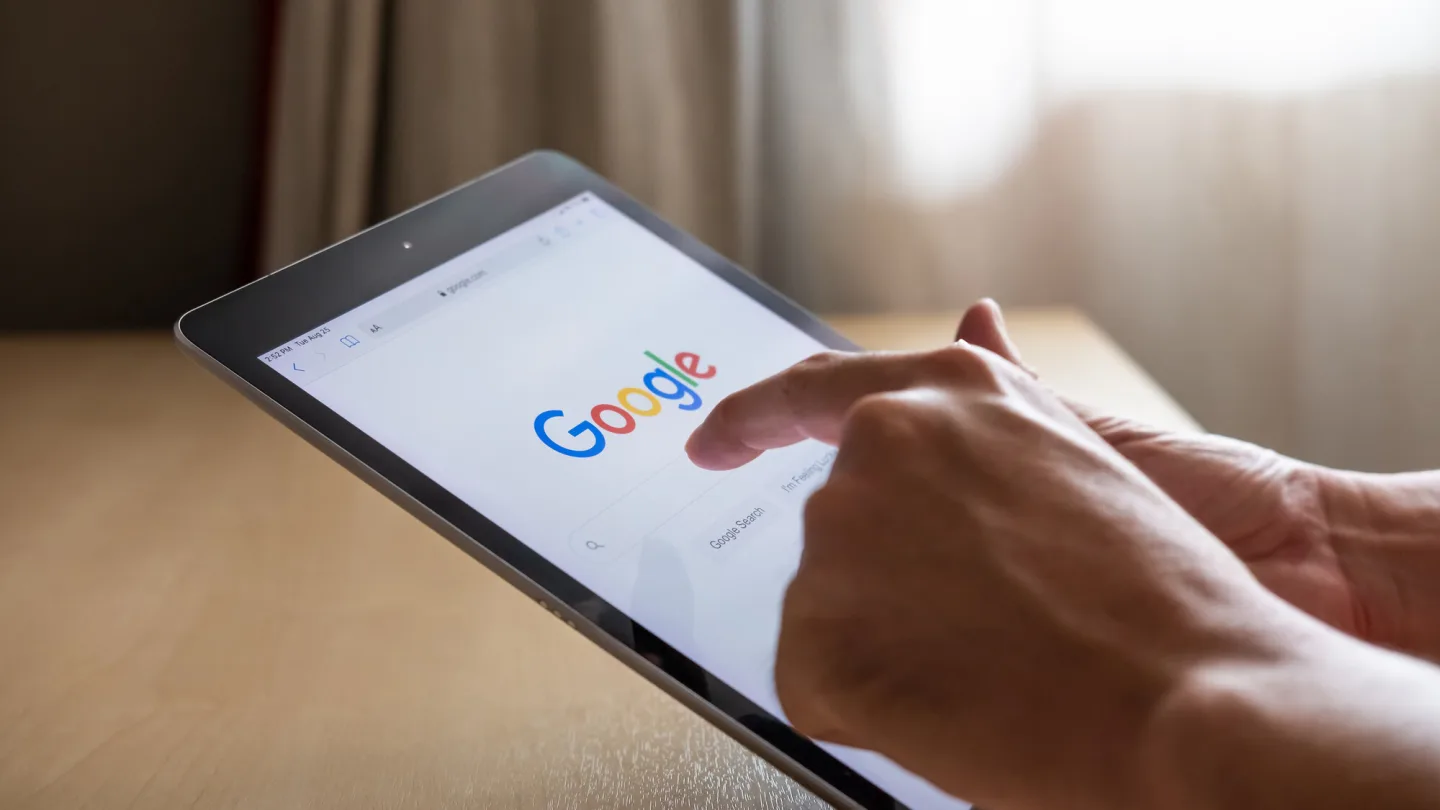Before the advent of electrical telephony, humans experimented with various means to transmit sound over distances. The earliest known device resembling a telephone is the acoustic string telephone, also known as the “lover’s telephone.” This primitive communication tool consisted of two diaphragms connected by a taut string or wire. When one person spoke into one diaphragm, the sound waves caused the diaphragm to vibrate, transmitting the vibrations through the string to the receiving diaphragm, which converted them back into sound.
The concept of the string telephone is ancient, with evidence suggesting its use in various cultures, including ancient China and Greece. However, it wasn’t until the 17th century that European scientists began to document and experiment with acoustic telephony. One notable example is the work of British scientist Robert Hooke, who demonstrated an acoustic string telephone in 1667. Hooke’s device used a stretched wire to transmit sound between two cups, showcasing the potential of mechanical sound transmission.
The principle behind this invention involved sound waves causing a diaphragm to vibrate, which would then transmit these vibrations through a taut string or wire to another diaphragm, where they could be heard as sound.
While Hooke is often credited with early experimentation, it’s important to note that similar devices likely existed in other cultures long before this time. For example, there are records suggesting that versions of string telephones were used in ancient China. The exact origins of this simple communication tool are difficult to pinpoint, given its likely independent invention in various parts of the world.
While specific historical records of string telephones in ancient China are sparse, there is some evidence suggesting their use. Chinese sources mention devices that functioned similarly, known as “ear tubes” or “sound tubes,” which were used to communicate across short distances. These devices were likely used in various applications, including military communication and entertainment.
One of the challenges in pinpointing the exact origins of string telephones in ancient China is the lack of detailed documentation. Much of what is known comes from later interpretations and historical references rather than direct contemporary accounts. However, the concept itself aligns with traditional Chinese ingenuity in using simple mechanical principles to solve practical problems.
The use of string telephones in China highlights the broader human desire to bridge distances and communicate more effectively, a pursuit that has driven technological innovation throughout history. This early form of telephone paved the way for more advanced communication technologies, eventually leading to the development of electrical telephony in the 19th century.
For further reading and detailed historical context, you may refer to resources on the history of Chinese technology and early communication devices.





